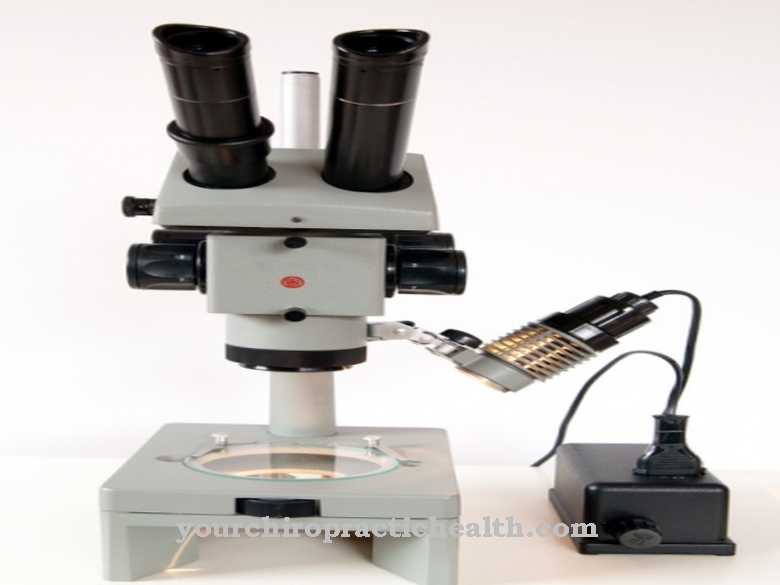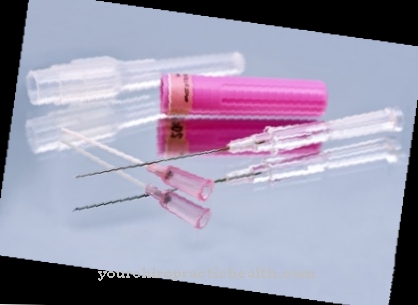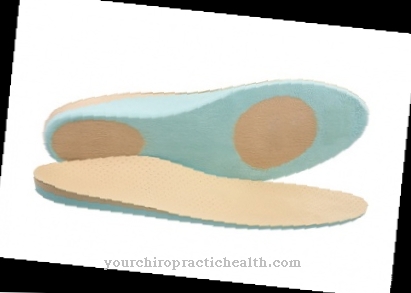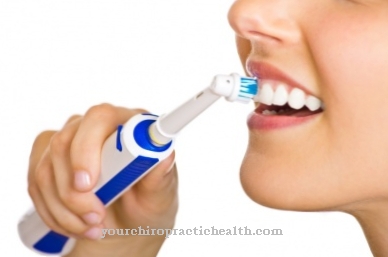Medical glue is used for implants, operations and for closing open wounds. In addition to the endogenous and hemostatic adhesive fibrin, cyanoacrylate ester preparations are mainly used as medical adhesives today. The invention of these adhesives has already saved millions of lives.
What is medical glue?

To close tissue defects, to unite different tissues and to fix implants such as prostheses, human medicine has used adhesives in some cases since the 20th century.
In addition to tear resistance, medical glue must above all be tissue-compatible. This tissue compatibility is ensured for the individual preparations within the framework of strict tests. In the 1950s, surgery first experimented with cyanoacylate preparations as medical adhesives. The principle behind these adhesives was to polymerize in contact with body fluids such as blood. During this polymerization, a water-resistant bridge is formed that closes wounds with a stable connection.
Especially the methyl cyanoacrylate used at that time was soon discarded because of the toxicity of the monomers it contained. Because of the shortness of the carbon bridge, inflammatory reactions and foreign body reactions appeared as side effects. The modifications of the first polymerizing adhesives still used today form longer bridges without tissue toxicity.
Shapes, types & types
Today, long-chain cyanoacrylate ester preparations and fibrin adhesives are mainly used as medical adhesives. Fibrin adhesives are used specifically for indoor use. This means that they play an important role in internal organs and in all operations. A distinction must be made between superficial skin adhesives, which have to meet lower requirements and which contain, in particular, N-butyl cyanoacrylate as active ingredients.
This medical adhesive has been used in Europe since around the 1970s and was even used in the middle ear and for bone transplants at that time. Today the adhesive is used almost exclusively for sealing skin wounds and for fixing bones. When used today, neither side effects nor carcinogenic consequences can be expected for the substance.
The use of this adhesive connection in deeper tissues or enormously vascularized tissues can, under certain circumstances, be associated with tissue toxicity, so that fibrin is used more frequently in this context because of its biological origin. Methyl polymethacrylates, among other things, are used as bone glue because they can withstand higher loads.
Structure & functionality
Octyl cyanoacrylate ester preparations contain monomers. When in contact with various body fluids, these monomers can trigger a chemical reaction known as polymerization. A polymer is a chemical made up of macromolecules. This substance forms during the reaction of octyl cyanoacrylate ester preparations and body fluids and forms a bridge to which monomers are continuously attached.
This reaction is an anion-induced and exothermic polymerization in which water and alcohols play an important role. Medical liquid adhesives for wound closure nowadays contain different types of esters, such as butyl, octyl or isobutyl esters. They all have a bacteriostatic effect, but differ in their strength.
Fibrin differs from cyanoacrylate ester preparations in that it is a biological substance. This physiological two-component adhesive plays a role in the body's own processes of wound closure. The human blood contains the protein fibrin. The precursor of this fibrin is fibrogen, which reacts with platelets to close wounds and forms a crust. In the 1970s, medicine isolated these components from blood for the first time in order to use them as adhesives in operations. Because of its proximity to the human body, this adhesive is completely broken down by the organism after a long time.
Methyl polymethacrylates are often used as bone glue for implants, which can make materials such as plastic and metal adhere and are temperature-resistant and elastic. Only through elasticity can they transfer forces to the bones and withstand the high loads caused by the body weight.
Medical & health benefits
The history of medical glue and the health benefits of this invention begins roughly with the Vietnam War in the 1960s. At that time, despite relatively good medical care, soldiers in the war zone died en masse from their chest and stomach wounds because they had to wait too long for surgical treatment. Medical glue was already being used during the Vietnam War in the mid-1960s. The use of these preparations reduced the number of deaths. Wounds could be closed at least superficially within minutes with immediate effect. Infections were reduced this way. Many people have been saved from bleeding to death or death from sepsis in this way.
Medical glue is still saving lives today. During operations, for example, the hemostatic fibrin can prevent serious complications with little expenditure of time. There is also a time-saving effect associated with medical skin adhesives. The closure of open wounds can be carried out in a very short time and is clearly superior to suturing in view of the time required for each seam. Since time can make the difference between life and death, especially in medicine, the medical benefits of adhesives are high.
A combination of sutures and medical adhesive is also often used to close wounds. For example, heavy or complex seams can be supported by the adhesive. The healing process is often less complicated and the doctor prevents the sutures from involuntarily loosening after an operation. In addition to saving time, medical adhesive offers other advantages over seams. Compared to seams, for example, the adhesive causes less skin irritation and itching.

















.jpg)



.jpg)

.jpg)




